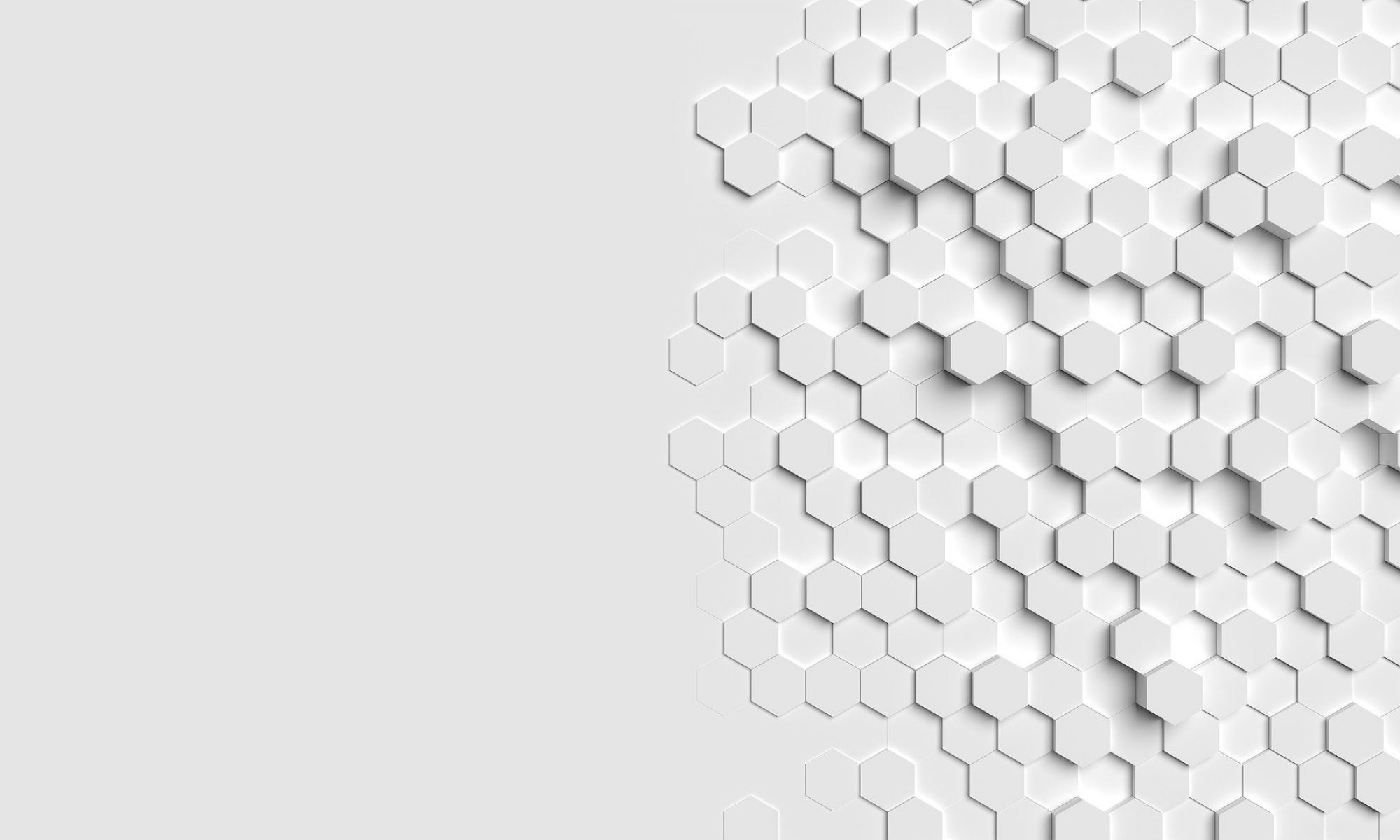The project aims to introduce a new way to look at quantum physics and its implications for the nature of reality. The inquiry will tackle foundational questions such as “What is the origin of the ‘quantumness’ of the world?” and “Do space and time have quantum connotations?”.
These research questions will be investigated from a physical and a philosophical standpoint by using unconventional analytical tools based on the original ideas of the philosopher Gottfried Leibniz and the physicist Ernst Mach. This Leibnizian/Machian perspective on physics maintains that the aptest description of a physical system does not involve anything external to that system. For example, the best description of the dynamical evolution of a classical system of particles is given in terms of their relative change of position and not their motion in an external container space. This points to the fact that a physical system can be fully characterized in terms of how its parts are related. The most notable consequence of this approach to physics is that common spatial and temporal notions, such as scale and duration, are not essential features of reality but, rather, vocabulary shortcuts to refer to how a physical system behaves intrinsically. The critical observation underlying the project is that any standard physical theory can, in principle, be rewritten in Leibnizian/Machian terms. It is then interesting to inquire into how standard quantum theory’s picture of the world has to be revised when adopting a Leibnizian/Machian perspective.
The crucial reason for attempting a Leibnizian/Machian rewriting of the quantum formalism is to avoid or, at least, explain the “fuzziness” underlying quantum physics. This fuzziness amounts to the fact that quantum systems do not seem to have pre-existing physical features revealed by a measurement. On the contrary, these features depend on the measurement context. Hence, it makes no sense to think of a quantum system as having, e.g., a definite position and momentum at once: Performing a measurement of, say, momentum makes it meaningless to ask what position the system had when such a measurement was performed. This factual indeterminacy in quantum physics makes it difficult to characterize how the world should look according to this theoretical framework, not least because the quantum formalism does not seem capable of explaining how the stable and determinate features of our everyday reality appear out of such a fuzzy fundamental realm. This conceptual conundrum becomes even worse in those theoretical programs that seek to quantize the spacetime structure of the general theory of relativity. Indeed, what would be the physical meaning of a quantum gravity theory, where space and time disappear in a “quantum foam”?
The project’s attempt at rewriting and re-interpreting quantum physics in Leibnizian/Machian terms is expected to deliver a much clearer picture of reality. In a nutshell, the project will show that the physical features that standard quantum physics renders fuzzy (including spatial and temporal structures) do not really exist but are just a “descriptive layer” added on top of a fundamental realm of reality made of physical entities that have no feature whatsoever besides the relations they stand to one another. This parsimonious ontology for the physical world will be arrived at by implementing an incremental strategy: Start with an “intuitive” classical description of the world and progressively remove all the physical features that can be reduced to relational facts from the picture. In the end, this strategy is expected to lead to a quantum gravity description containing the minimal information needed to reconstruct the phenomenology underlying the empirical realm.

